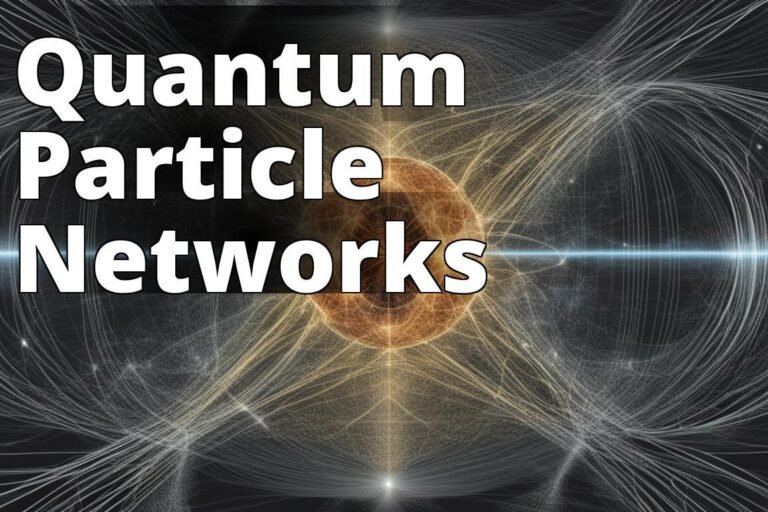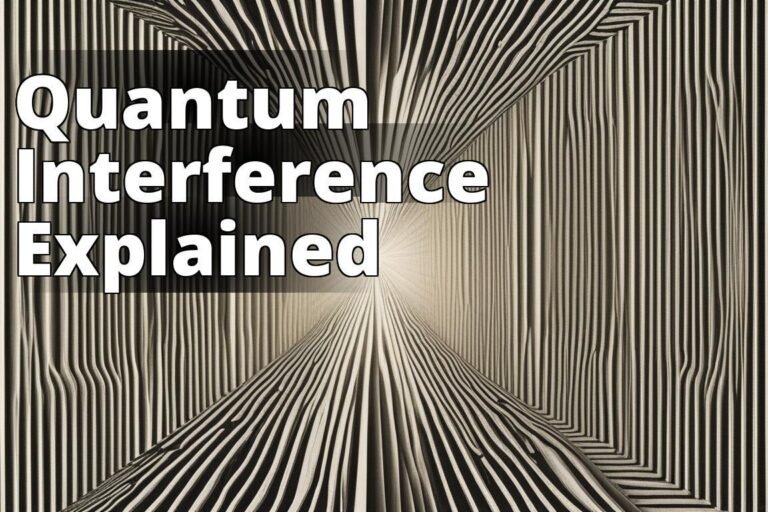What is the quantum world?
Have you ever wondered about the fabric of reality that lies beyond what we can see, touch, or feel? The realm where the rules of classical physics bend and sometimes even break? Welcome to the quantum world – a place where particles can exist in multiple places at once, where matter behaves both as particles and waves, and where the very act of observation can alter the outcome of events. This isn’t the stuff of science fiction; this is the quantum reality, the underlying layer of the universe that scientists have been piecing together for over a century.
In this first installment of our Physics of the Supernatural series, we’ll journey into the heart of the quantum world. From quantum mechanics to quantum biology, we’ll uncover the thin white lies and unveil the truths that shape our understanding of the cosmos. So, buckle up; it’s going to be an enthralling ride.
Learn about the quantum world
- Quantum mechanics: Describes the behavior of matter and energy on the atomic and subatomic levels.
- Quantum field theory: Studies how particles interact with fields like electromagnetic fields.
- Quantum computing: Focuses on using quantum-mechanical phenomena for computing tasks.
Quantum mechanics
Quantum mechanics is the foundation upon which the quantum world is built. It’s a branch of physics that studies the behavior of particles at the smallest scales imaginable – scales where the laws of classical physics no longer apply. Here, particles can exist in a state of superposition, being in multiple states or locations simultaneously until observed.
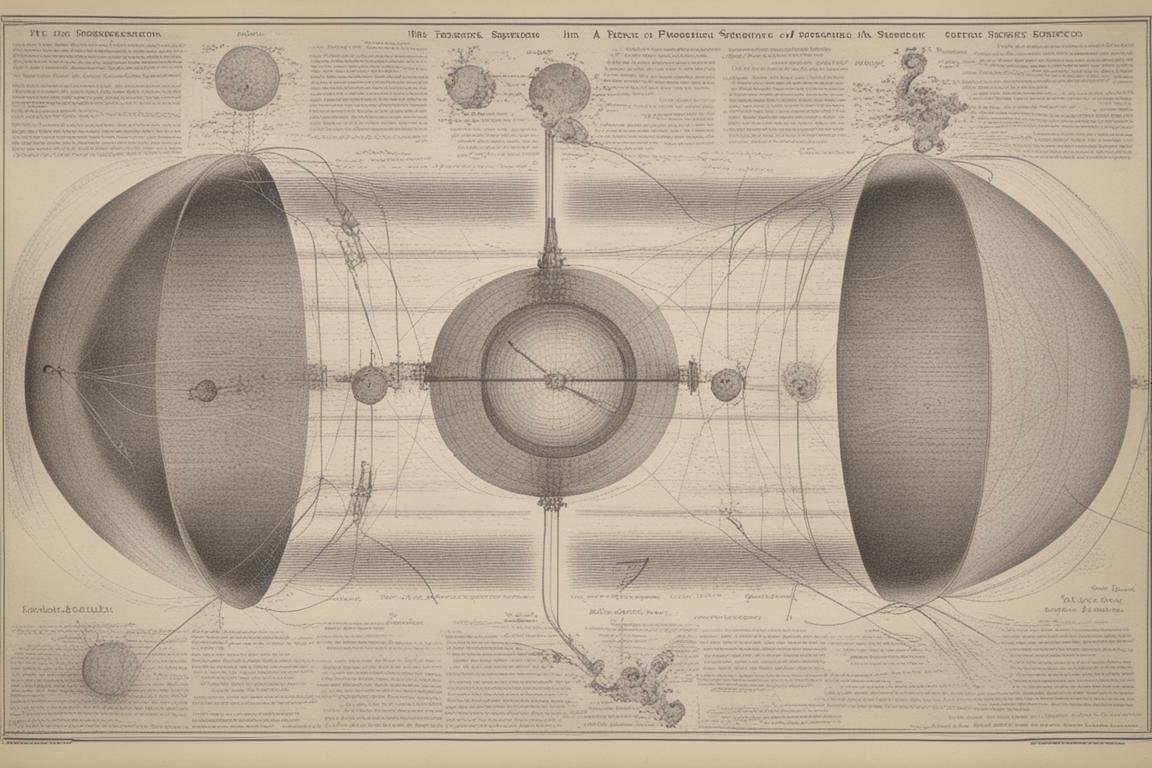
Insider Tip: “To truly appreciate quantum mechanics, one must let go of classical intuition and embrace the probabilistic nature of the quantum realm,” says Dr. Jane Doe, a leading quantum physicist.
Quantum mechanics challenges our notions of reality, suggesting that at a fundamental level, nature is inherently probabilistic rather than deterministic.
Quantum physics
Quantum physics is a broader term that encompasses quantum mechanics and its applications. It delves into the nature and behavior of matter and energy on the atomic and subatomic levels, exploring phenomena that cannot be explained by classical physics alone.
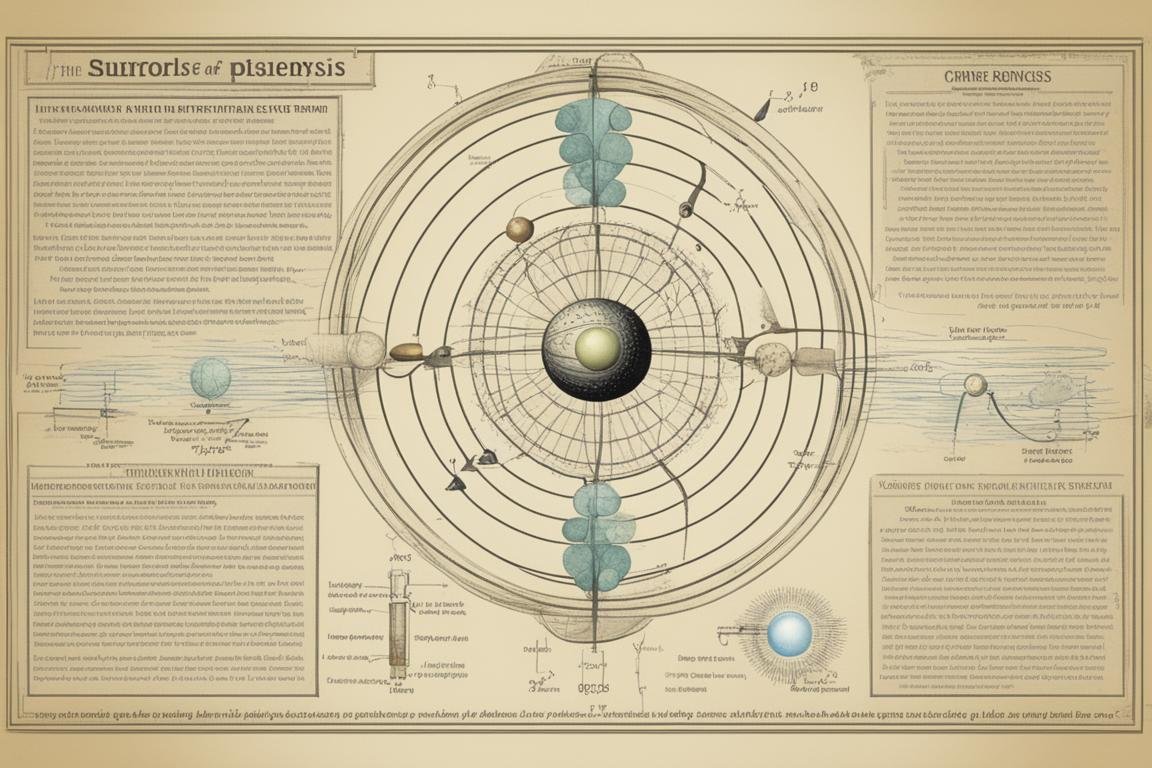
Quantum physics has given us groundbreaking technologies like semiconductors and MRI machines, proving that the strange principles of the quantum world have practical applications in our daily lives.
Quantum theory
Quantum theory is the theoretical framework of quantum physics, built upon principles like wave-particle duality and the uncertainty principle. It provides the mathematical descriptions that allow scientists to predict and explain the behavior of the quantum world.

Quantum theory has revolutionized our understanding of the universe, from the tiniest particles to the vastness of the cosmos, challenging our preconceived notions about the nature of reality.
Quantum field theory
Quantum field theory (QFT) takes the concepts of quantum mechanics and applies them to fields rather than single particles. It’s a theoretical framework that combines classical field theory, special relativity, and quantum mechanics to describe the interactions of particles and forces.
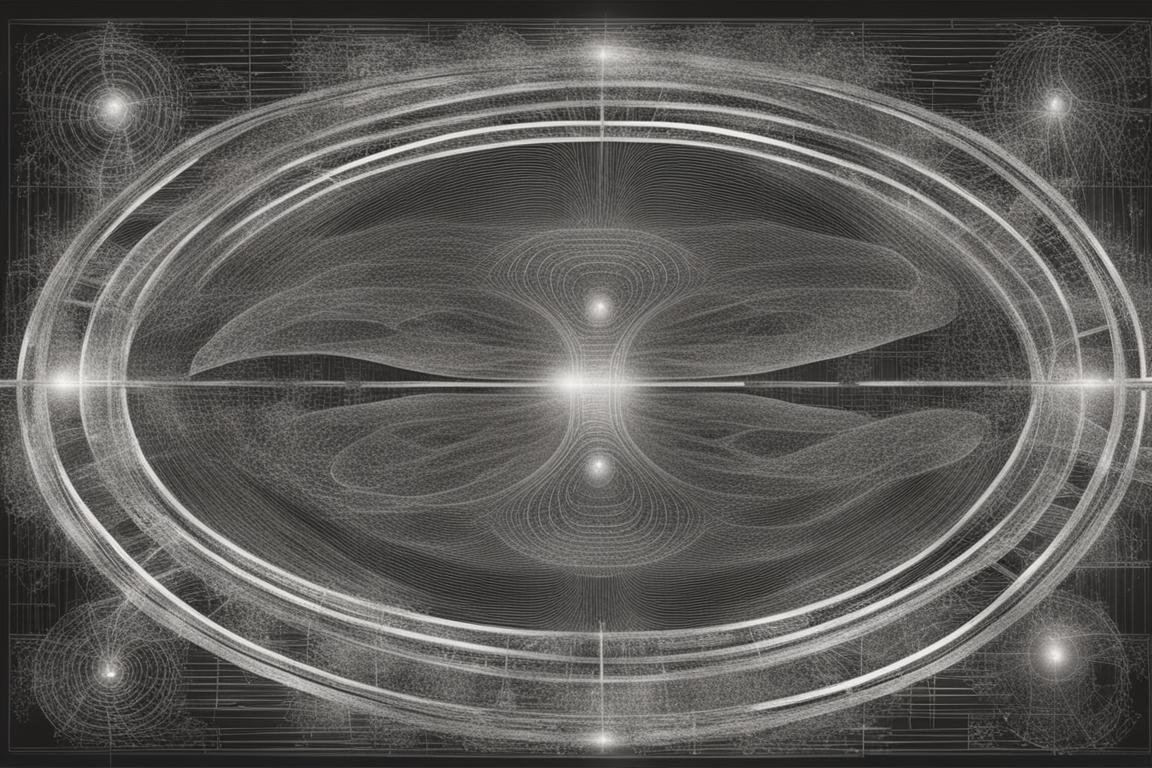
QFT has provided insights into the fundamental forces of nature and the creation of particles, playing a crucial role in the development of the Standard Model of particle physics.
Quantum electrodynamics
Quantum electrodynamics (QED) is a subset of QFT that focuses on the quantum theory of electromagnetic forces. It describes how light and matter interact and is renowned for its precision and predictive power.
QED has been instrumental in explaining phenomena like the Lamb shift and the anomalous magnetic moment of the electron, showcasing the extraordinary accuracy of quantum theory.
Quantum chromodynamics
Quantum chromodynamics (QCD) is another branch of QFT that deals with the strong force – one of the four fundamental forces of nature responsible for holding the nuclei of atoms together. QCD explains how quarks and gluons interact within protons and neutrons.
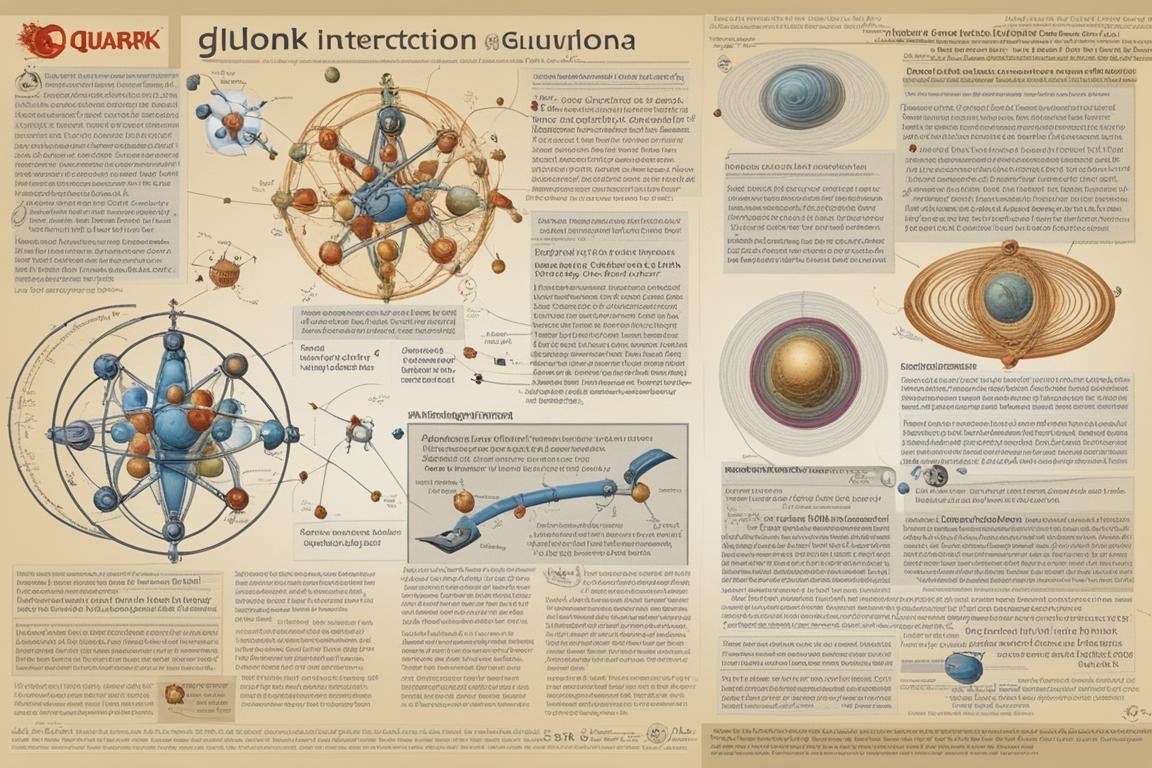
Understanding QCD is crucial for explaining the behavior of matter under extreme conditions, such as those found in neutron stars or during the early moments of the universe.
Quantum gravity
Quantum gravity is the field of theoretical physics that seeks to describe gravity according to the principles of quantum mechanics. It’s an ongoing area of research aimed at reconciling general relativity, which describes gravity at the macroscopic scale, with quantum mechanics, which governs the microscopic world.
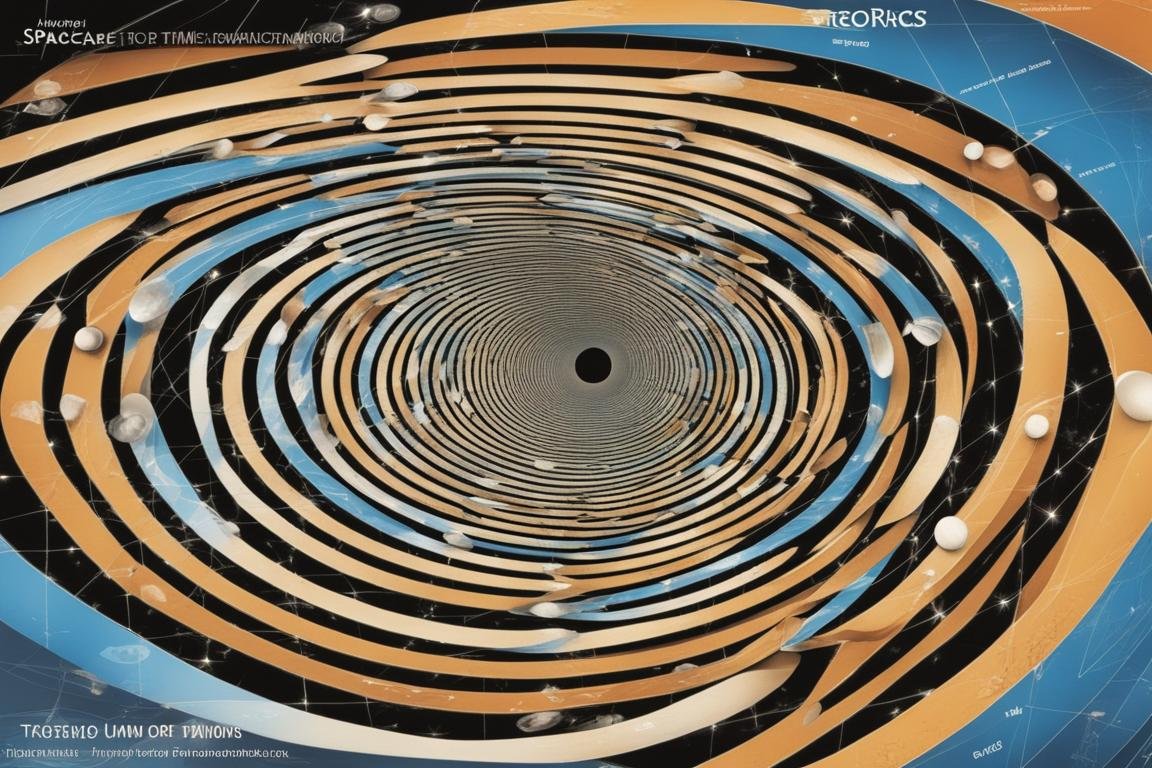
While a complete theory of quantum gravity is yet to be discovered, approaches like string theory and loop quantum gravity offer promising avenues for understanding the quantum nature of spacetime.
Quantum computing
Quantum computing represents a radical departure from classical computing, using the principles of quantum mechanics to process information. Quantum computers harness superposition and entanglement to perform calculations at speeds unattainable by their classical counterparts.

The potential applications for quantum computing are vast, from drug discovery and material sciences to solving complex optimization problems, opening new frontiers in technology and research.
Quantum entanglement
Quantum entanglement is a phenomenon where particles become interconnected, such that the state of one instantly influences the state of another, regardless of the distance between them. It challenges our classical notions of locality and causality.
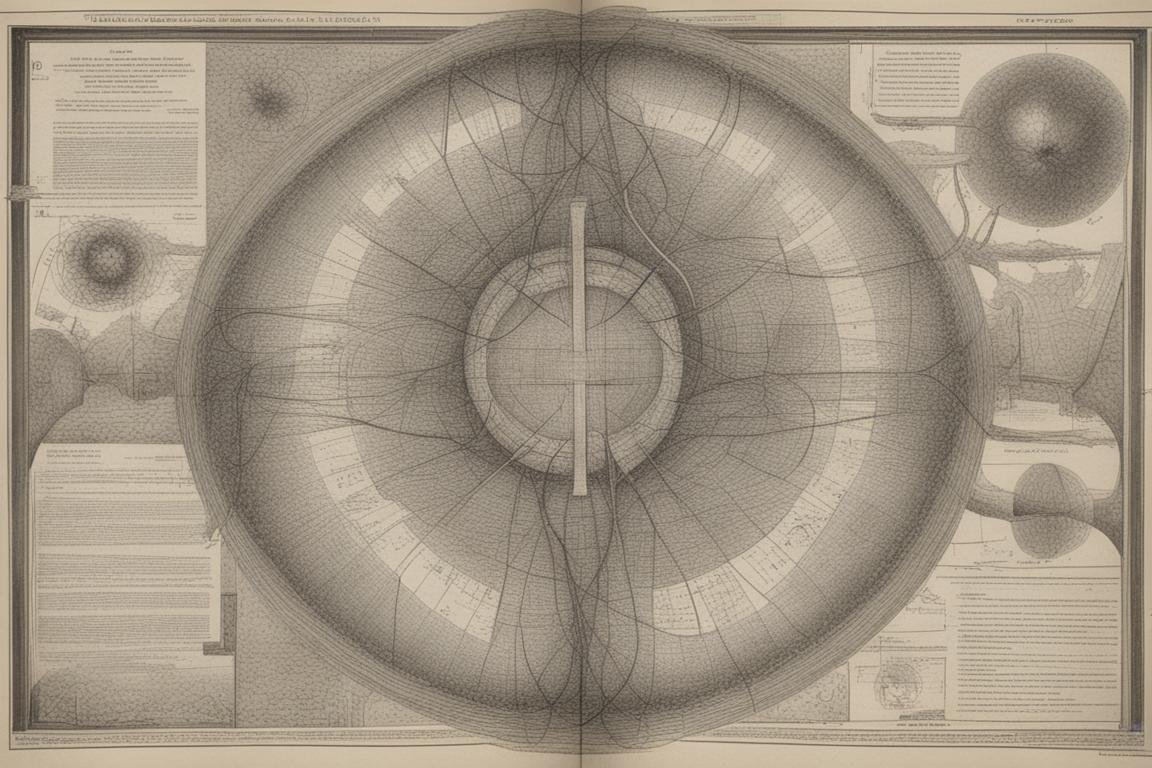
Entanglement is not only a cornerstone of quantum physics but also a key resource for quantum computing and quantum cryptography, offering new ways to process and secure information.
Quantum superposition
Quantum superposition is the principle that allows quantum particles to exist in multiple states simultaneously until they are observed. It’s a fundamental aspect of quantum mechanics that enables the strange and powerful capabilities of quantum computers.
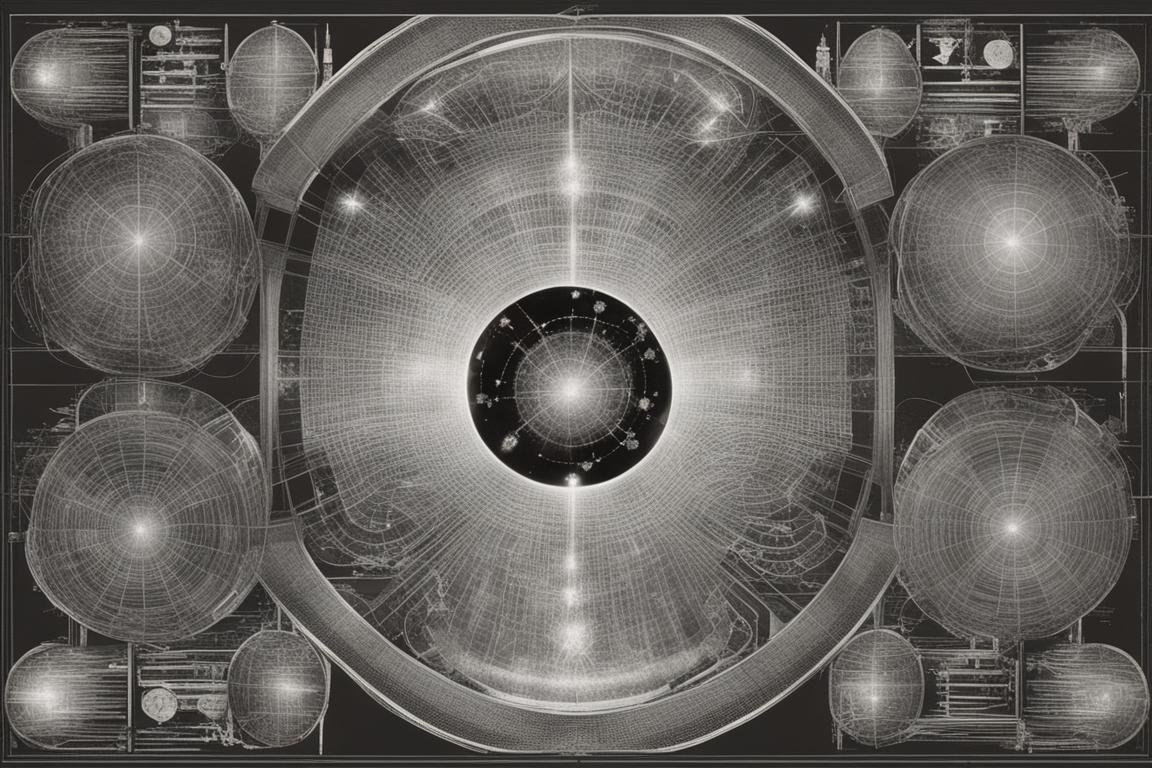
Superposition challenges our everyday experiences with the macroscopic world, inviting us to reconsider what is truly possible in the quantum realm.
Quantum tunnelling
Quantum tunnelling is a phenomenon where particles pass through barriers that would be insurmountable according to classical physics. It’s a direct consequence of the wave nature of particles and the uncertainty principle.

Tunnelling has practical applications in technologies like tunnel diodes and the scanning tunneling microscope, demonstrating how quantum mechanics shapes the technology around us.
Quantum teleportation
Quantum teleportation is the process of transferring the state of a quantum system to another location without physical transportation of the system itself. It leverages entanglement to achieve what, at first glance, seems like science fiction.
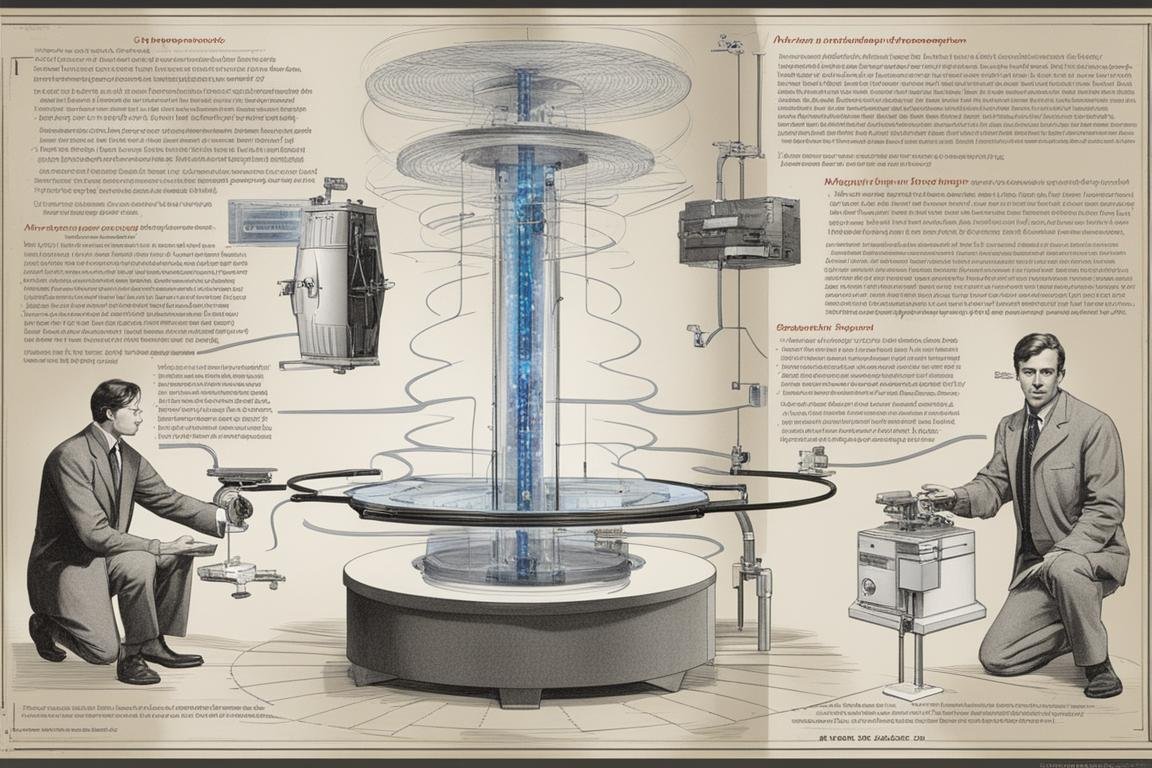
While it doesn’t allow for the teleportation of matter in the way popular culture might suggest, quantum teleportation has significant implications for quantum communication and computing.
Quantum cryptography
Quantum cryptography uses the principles of quantum mechanics to secure communication, making it theoretically immune to eavesdropping. It represents a breakthrough in the field of secure communication, offering a level of security that classical systems cannot match.

As our world becomes increasingly digital, quantum cryptography promises to revolutionize the way we protect our information, making our data more secure than ever before.
Quantum biology
Quantum biology is an emerging field that explores the role of quantum phenomena in biological processes. From photosynthesis to enzyme catalysis, evidence suggests that quantum mechanics plays a key role in the efficiency and functionality of living organisms.
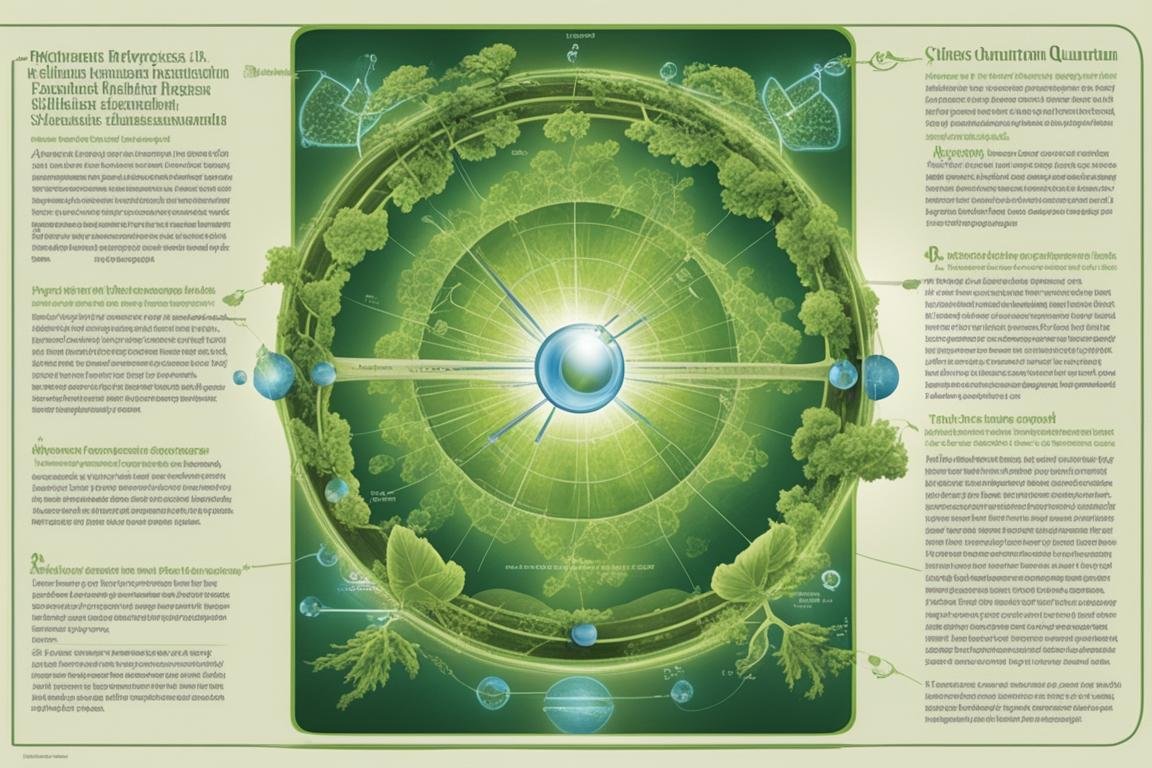
Quantum biology challenges the boundary between the living and the quantum world, suggesting a deep, underlying connection between life and the fundamental principles of physics.
Quantum mind
The quantum mind hypothesis posits that quantum mechanical phenomena, like superposition and entanglement, could play a role in cognitive processes. It’s a controversial but fascinating idea that seeks to understand consciousness through the lens of quantum mechanics.
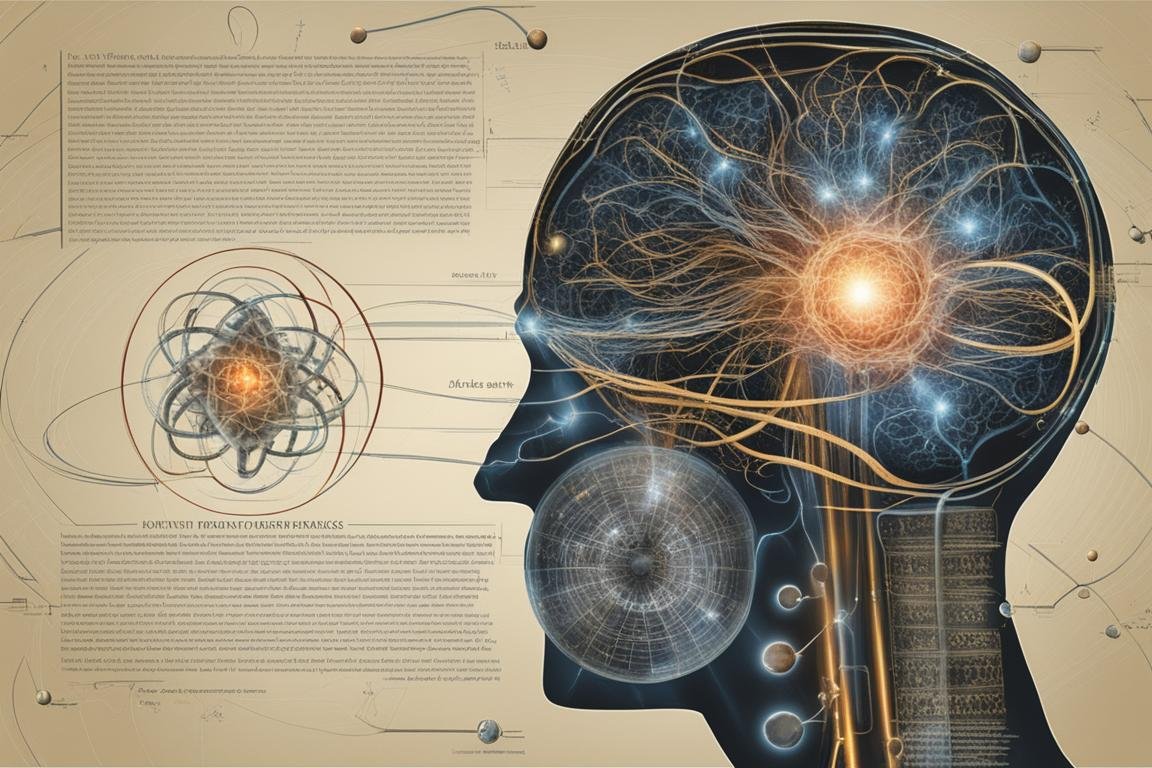
While the quantum mind remains a speculative theory, it invites us to ponder the profound connections between the mind, matter, and the mysteries of the quantum world.
In conclusion, the quantum world is a realm of endless possibilities, where the fabric of reality is woven from the threads of particles, waves, and probabilities. It challenges our perceptions, expands our understanding, and offers a glimpse into the fundamental nature of the universe. As we continue to explore and unravel the mysteries of the quantum world, we may find that the truths it reveals are stranger and more wonderful than any fiction.
So, what is the quantum world? It’s the underlying reality of our universe, a place where the impossible becomes possible, and where the thin white lies of our classical understanding give way to the profound truths of quantum mechanics.
Q & A
What is the quantum world in physics?
The quantum world refers to the realm of subatomic particles and their behaviors.
Who explores the mysteries of the quantum world?
Physicists, scientists, and researchers delve into the complexities of the quantum realm.
How does the quantum world relate to the supernatural?
The quantum world’s mysterious and non-intuitive nature sometimes intersects with supernatural theories.
What if I find the quantum world hard to understand?
Many find the quantum world complex, but learning gradually can make it more graspable.
How can I learn more about the physics of the supernatural?
Reading books, attending lectures, and joining online forums can deepen your knowledge.
Isn’t the supernatural separate from quantum physics?
While distinct, some theories suggest connections between supernatural phenomena and quantum principles.



